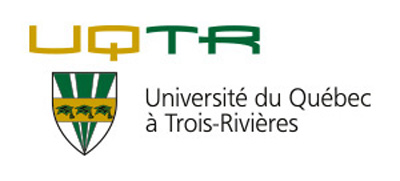Related projects
Discover more projects across a range of sectors and discipline — from AI to cleantech to social innovation.
Mitacs brings innovation to more people in more places across Canada and around the world.
Learn MoreWe work closely with businesses, researchers, and governments to create new pathways to innovation.
Learn MoreNo matter the size of your budget or scope of your research, Mitacs can help you turn ideas into impact.
Learn MoreThe Mitacs Entrepreneur Awards and the Mitacs Awards celebrate inspiring entrepreneurs and innovators who are galvanizing cutting-edge research across Canada.
Learn MoreDiscover the people, the ideas, the projects, and the partnerships that are making news, and creating meaningful impact across the Canadian innovation ecosystem.
Learn MoreWildlife have remarkable adaptations for responding to environmental change; however rapid increases in the magnitude of environmental disturbances may compromise their ability to cope. Physiological measures, such as hormones, provide a window into the responses of wildlife to environmental change. We propose to identify and rank the relative importance of multiple potential stressors that could influence grizzly and black bear physiology on the
Mitacs Accelerate New Intern Profile_V01_2017 5 of 6 www.mitacs.ca
central coast of British Columbia, Canada. Drawing on a long-term, large-scale bear monitoring program, this work will combine the analysis of hair samples for stress and reproductive hormones with spatial datasets on bear population density, diet, food availability, and habitat. This work will benefit Raincoast and Coastal First Nations partners by identifying areas where bears may be most sensitive to disturbances. By evaluating the relative importance of multiple stressors, results may also help prioritize conservation and stewardship activities that have maximum impact on bear health.
Chris Darimont
Heather Bryan
Raincoast Conservation Foundation
Geography / Geology / Earth science
Environmental industry
Accelerate
Discover more projects across a range of sectors and discipline — from AI to cleantech to social innovation.
Find the perfect opportunity to put your academic skills and knowledge into practice!
Find ProjectsThe strong support from governments across Canada, international partners, universities, colleges, companies, and community organizations has enabled Mitacs to focus on the core idea that talent and partnerships power innovation — and innovation creates a better future.













































































































































































































































































































